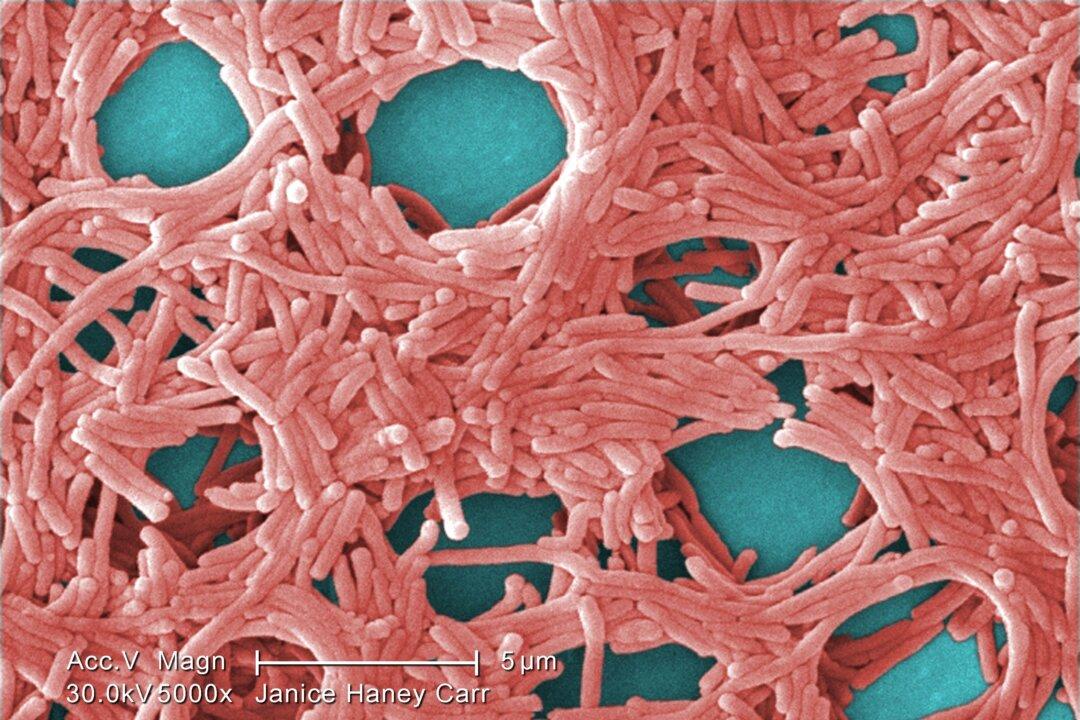UPDATE on Aug. 3: In the Bronx, 81 people have been infected with Legionnaires’ Disease, 64 were hospitalized, 28 were treated and discharged, 7 have died.
NEW YORK—Forty-six people in the South Bronx were infected with Legionnaires’ disease as of Thursday afternoon, July 30, Mayor Bill de Blasio said at a press conference. Two have died.
The two New Yorkers who passed away with Legionnaires’ disease were both in their 50s.
Both also had multiple illnesses such as lung disease and heart disease, New York City Department of Health Commissioner Dr. Mary Travis Bassett said at the press conference Thursday.
Ordinarily, Legionnaires’ disease, which got its name in 1976 when an outbreak occurred during a American Legion conference in Philadelphia, is treatable if detected early. Nine of the 46 infected have been treated and discharged. Most healthy people aren’t at risk. The majority of cases have affected people in the South Bronx neighborhoods of High Bridge–Morrisania and Hunts Point–Mott Haven.
“I want to reiterate, most New Yorkers are not at risk,” Bassett said. “This is a very treatable disease.”
Bacteria Found at Two Locations
Two locations in the Bronx tested positive for Legionella bacteria; one was Lincoln Hospital, where the bacteria was found on the rooftop cooling system.




